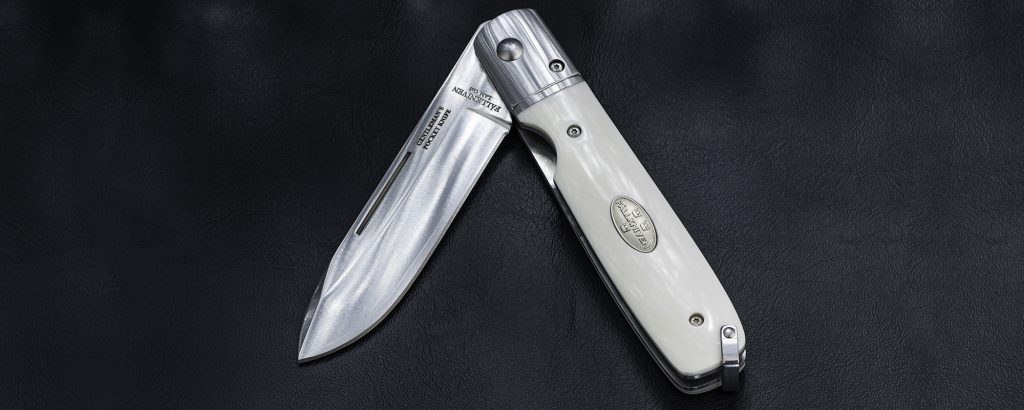Depending on the function and performance, we use different kinds of handle materials. If you wish that the knife should work flawlessly, a particular care should be in place, here are some tips.
Wood is a natural material that expands and contracts with changing weather and season. Small so-called stress-cracks may occur around the rivets and screws and that is something that, unfortunately, we are allowed to accept. We use redwood and Karelian birch. Redwood is an oily, hard and heavy wood that is durable and beautiful. Special care is not needed but a linseed oil-based tincture, furniture oil or wood oil enhances the luster of the wood. Even the Karelian birch can be treated with so-called counter oil in which linseed oil is included, it protects the wood and gives it a nice sheen.
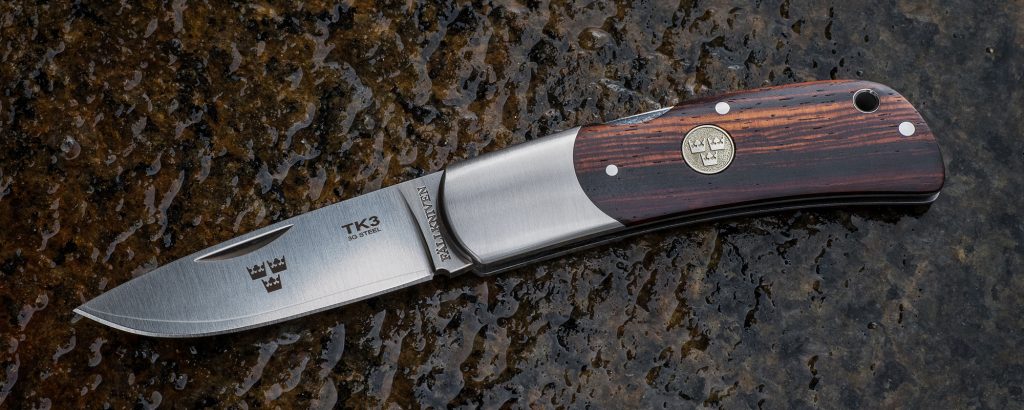
Micarta is a composite consisting of phenolic resin (a thermosetting resin) and, for example, canvas (linen or cotton) or paper. If canvas fabric is used, a structure emerges when the knife handle is shaped, using paper you can often see different layers in this material. Micarta was created over hundred years ago and has been used for at least fifty years for making fancy handmade knives. Phenols and high pressure laminates, Micarta®, Texolite® Bakelite® are hard, dense materials made by applying heat and pressure to a series of layered materials such as paper or fabric impregnated with a synthetic resin. These materials are extremely versatile due to their unusual combination of good properties. High pressure laminates do not soften substantially when exposed to heat; they are strong, stable in shape and relatively insensitive to water and does not conduct electricity. Micarta is a registered trademark owned by Norplex Inc., USA.
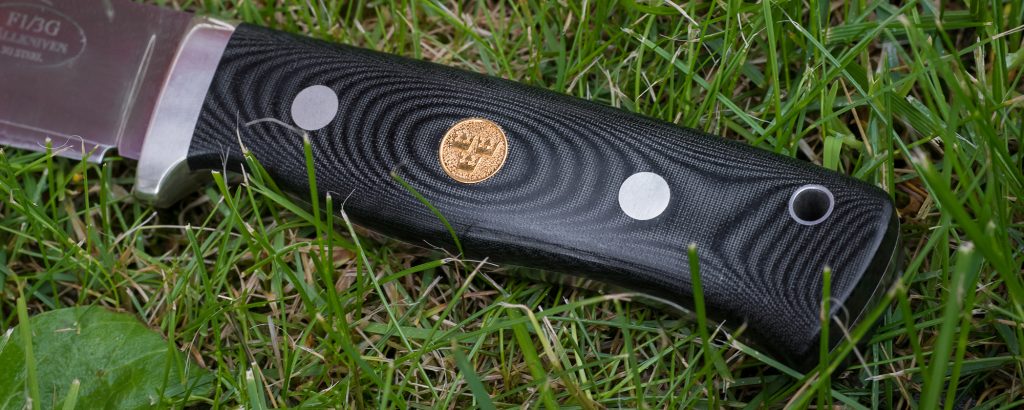
Leather is an old, reliable handle material that is not so common nowadays. It’s a pity because, leather is a strong, ductile material that resists the ravages of time at least as good as wood but without getting splinters from the shaft or bursts. Leather handles on the Northern Lights series are completely untreated and the consensus is that the shaft will get a beautiful dark color tone by use for a long time. In other words, sweat, blood, resin, fat, ash, etc. willfinally give a dark brown, beautiful and durable surface. If the handle is exposed to water the outermost leather fibers will rise and provides, when the knife is dried, a sandpaper-like, extremely firm grip. We do not like leather handles need to be treated, but if you still want to add something, go for some type of wax. Do not use grease because that makes the skin soft and – certainly not oil.

We are using bone from Texas Longhorn cattle, usually the bones of the extremities due to the dense structure of these bones. They are boiled and dried before being processed to get a pattern (eng. Jigged bone) or dyed with a permanent color. Like wood, bone handles can get stress cracks in dry weather and generally, when it comes to real bone, these will always shrink a bit flowed with the times. Bone is stronger than wood but also a bit more expensive.
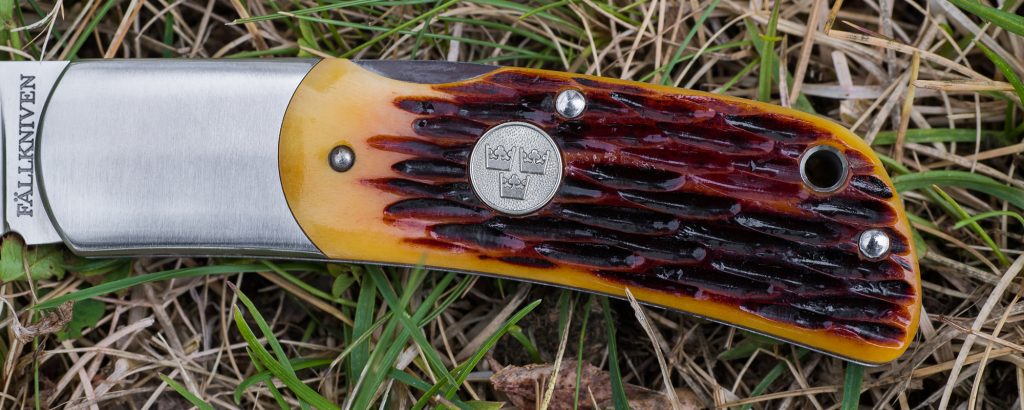
Stag is one of mankind’s most common handle materials where specifically staghorn from deer is very popular. We have chosen not to offer knives with horn handles, not just to the fact that stag ages and get cracks rather easily but also because it is difficult to obtain sufficient number of legally obtained horn from example moose and reindeer. According to CITES convention several staghorn deer species are protected from both exports and imports, and then we choose to not at all make use of stag as handle material.
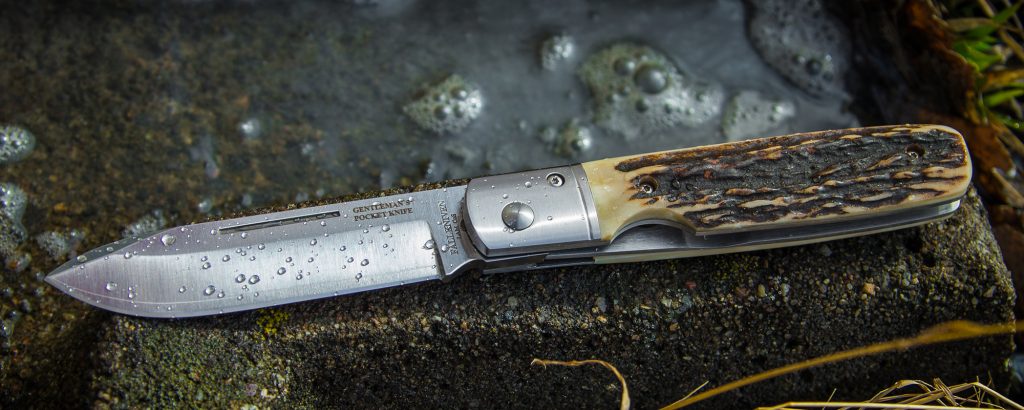
MOP is an extremely attractive but fairly brittle material, it is time-stable and does not shrink. MOP is available in both cultivated and wild condition and we employ only the cultivated version. This material is a classic handle material that we like to put on some fancy folding knives. MOP Class AAA are among the most expensive natural materials in the world but also one of the most beautiful that nature can produce. The MOP intarsia we offer on a few folding knives is a feat that few in the world can perform!

If you want to have a very hard and impact-resistant material a fiberglass reinforced nylon (which is a polyamide) is among the best you can use. The material is strong and stiff, resistant to abrasion, does not conduct electricity and can withstand virtually all conceivable chemicals and solvents. We use this material to some folding knives where low weight is combined with good function. Grilon and Zytel® are trademarks / names on this plastic, and those owned by the EMS Grivory and DuPont.
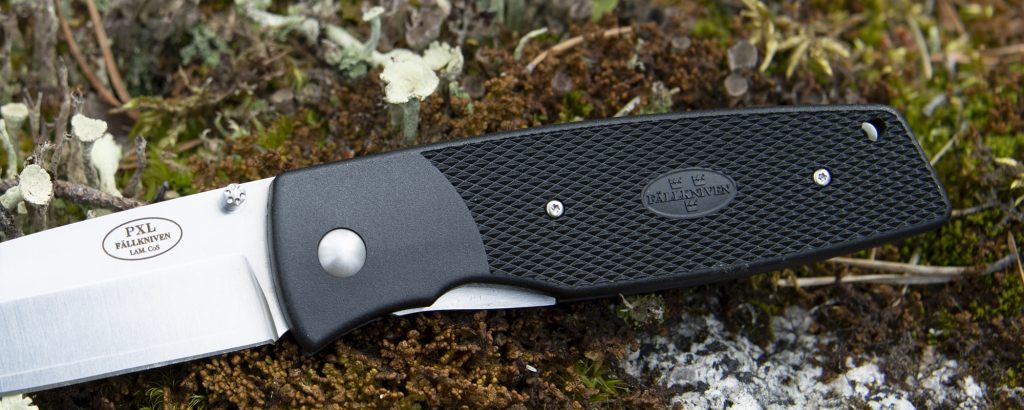
Crass speaking Thermorun Elastomeric a high-performance TPE composed of a dispersed olefinic rubber (EPR, EPDM) as the domain and olefinic thermoplastic (PP, PE) as matrix. These are technical terms that few of us understand. However, we have been working with this material for over thirty years and thus have a lot of experience on how this handle material works in practice. Thermorun is a sturdy plastic with rubber-like properties and is quite insensitive to heat aging, water, weather, chemicals / solvents in general, ozone and DEET, the latter include the mosquito repellent and is notorious for dissolving even plastics. When we will design a survival knife Thermorun is always the first choice because it provides a good, safe and comfortable grip at an affordable cost.
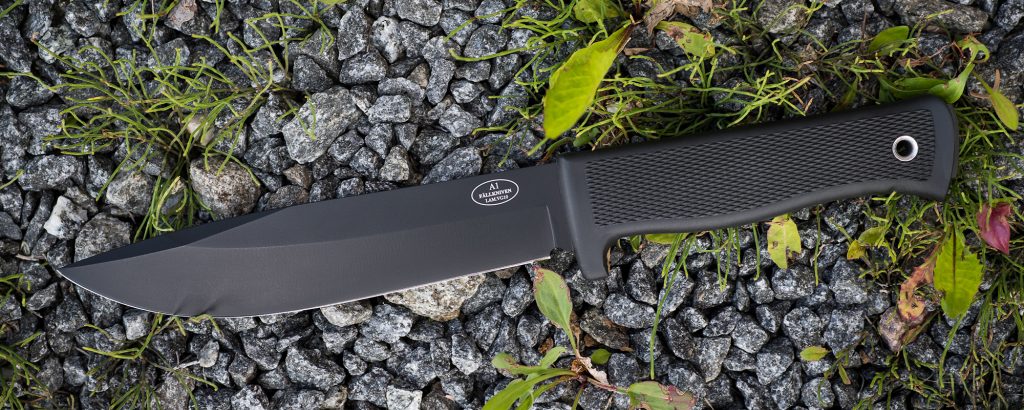
Carbon fiber is used as reinforcement with epoxy, polyethylene and vinyl ester. It provides an extremely rigid and strong structure as well, when you shape a handle, a neat pattern emerges. Unfortunately, the material is relatively expensive and that’s why we use it only on a few exclusive knife models.
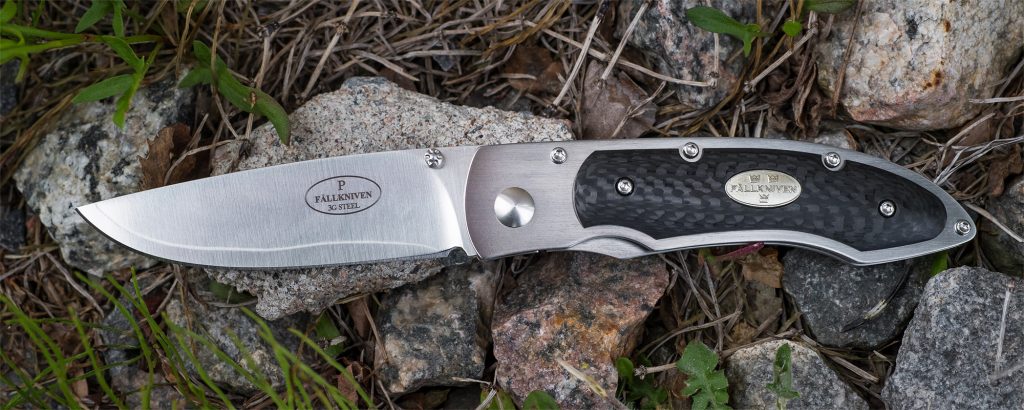
Elforyn Super Tusk is probably the closest material to ever replicate genuine elephant ivory. It has a high-quality surface due to high surface hardness and minimal abrasion losses. It also contains a UV dye to easily distinguish itself from genuine ivory under black light.
